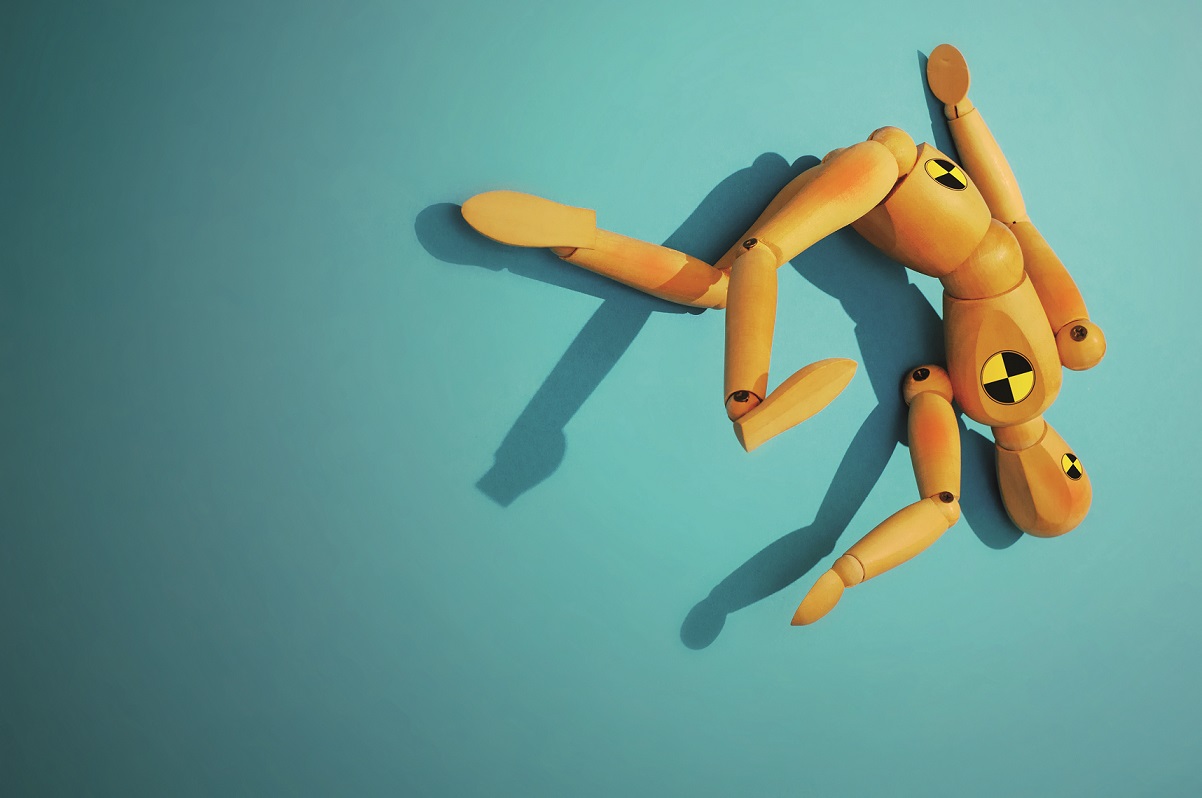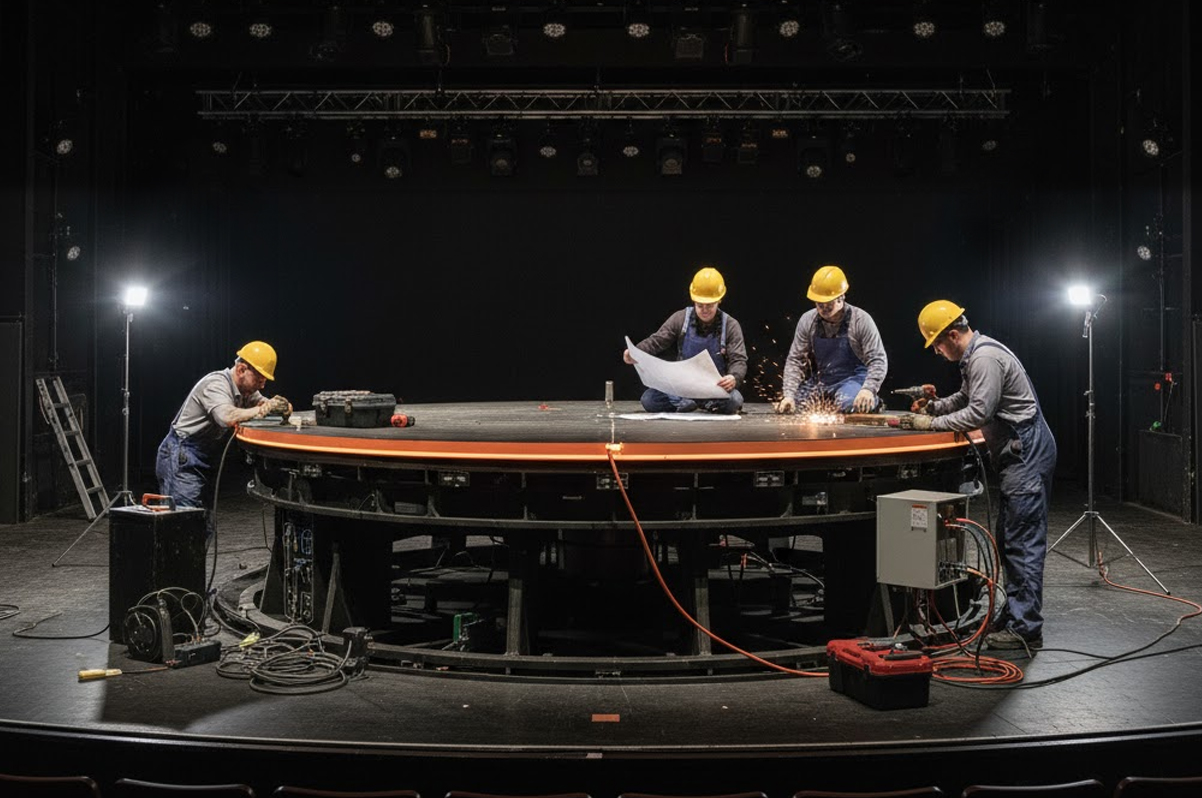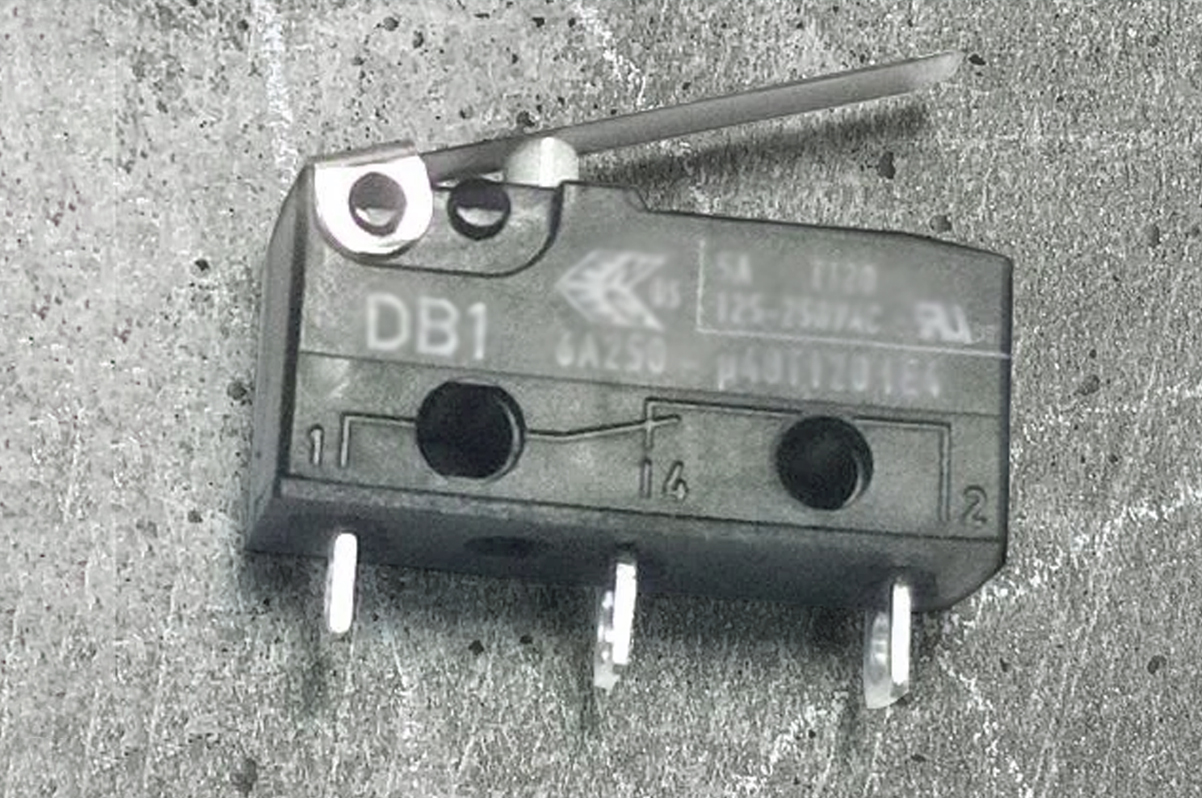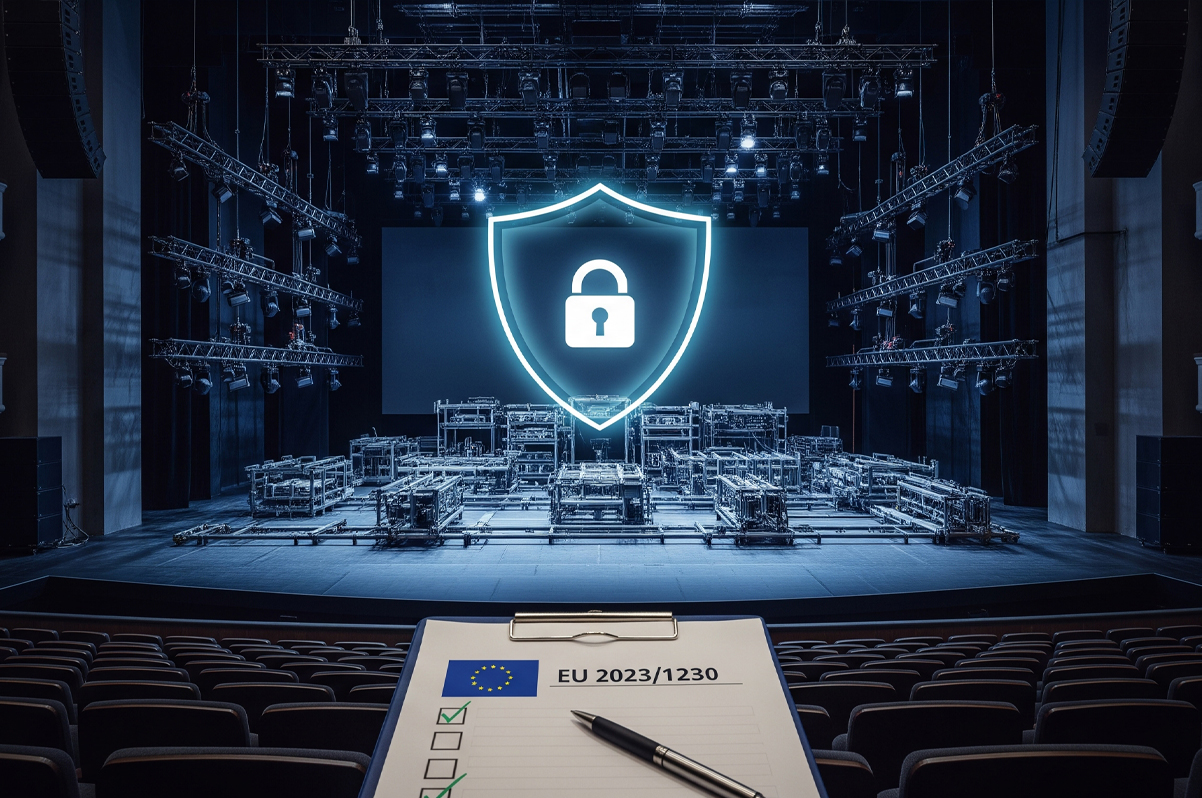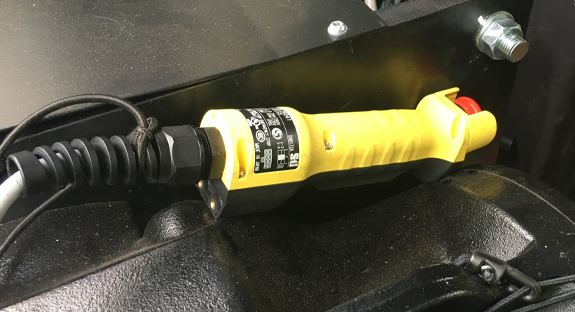The spectacle of live entertainment, from soaring acrobats to elaborate stage productions, captivates audiences worldwide. But behind the dazzling lights and thunderous applause lies a stark reality: the entertainment industry is fraught with potential hazards, and accidents are far too common. This article will focus on accidents that have occurred from 2021 to 2025.
A sobering look at recent incidents reveals a disturbing pattern. From fatal falls and stage collapses to ride malfunctions and electrical accidents, the risks are diverse, and the consequences can be devastating. Reports from our pool of website news and other news sources, document a list of incidents: a stagehand’s tragic death at a stadium, a roller coaster collision injuring multiple people, a performer killed during a set change, and countless instances of falls, collapses, and equipment malfunctions.
The Human Cost: Specific Examples of Injuries and Categorised Failures (2021-2025)
These incidents are not mere statistics. They represent real people whose lives have been forever altered. To better understand the nature of these accidents, let’s categorise them, including years for better context:
- Electrical Failures, for example, when a Brazilian singer died of electrocution after hugging a soaked fan on stage. Events like this highlights the ever-present danger of electricity on stage. Which are easily preventable by properly configuring RCD units in Event industry to the minimum required amount.
- Mechanical Failures:
- A music stage collapsed in Spain (2022).
- A circus performer crashed 20ft to the floor when a rollerblade leap went wrong (2023).
- Thirty people were injured when a giant LED screen collapsed (2023).
- Two people were killed and 29 others were injured when an Indian funfair ride snapped in half (2023).
- A falling roof killed a Leeds stagehand (2023).
- Fans were killed in a collapse at a South Korea pop concert (2023).
- Five high-wire performers were hurt after falling 25 feet in a Florida circus (2023).
- A Platform collapse at amusement park (2023).
- Strong winds knocked down Edén Muñoz’ stage (2023).
- These incidents point to failures in the structural integrity or operational mechanisms of equipment, often caused by external management pressures and compromises in the design or by not properly assessing the environmental conditions of the location.
- Human Failures:
- A stagehand died at Camping World Stadium (2023), potentially due to improper rigging or lack of adherence to safety protocols.
- A company was fined after a stunt performer sustained life-changing injuries during the filming of a Fast and Furious movie (2022), suggesting potential errors in planning or executing the stunt.
- An acrobat death fall occurred at a festival (2023).
- A production worker was seriously injured on the set of a television show due to a fall from height (2024).
- A theatre actor sustained injuries during a complex stage combat sequence (2023).
- A worker was injured during the construction of a movie set (2024).
- These incidents highlight the role of human error, whether through negligence, lack of training, or poor judgment.
The emotional toll of these accidents is immeasurable, leaving behind grieving families, traumatised witnesses, and a pervasive sense of vulnerability. It is important to remember that many times, multiple factors play a role in each accident.

- Reputational Damage: Negative publicity surrounding accidents can tarnish the reputation of venues, production companies and individual performers, leading to a decrease in public trust, difficulty attracting talent and potential loss of sponsorship deals.
- Financial Fallout: Accidents can result in significant financial losses, lawsuits and settlements, delays or cancellations, increased insurance premiums, etc. For smaller production companies, a single accident can be financially devastating. This added expense is then passed down the line, increasing ticketing costs.
- Audience Impact: members can experience trauma, increased anxiety about attending live events and a loss of trust in the safety of entertainment venues and fairgrounds. This can lead to decreased attendance, impacting the industry’s overall viability.
- A Culture of Safety: However, tragic events can serve as catalysts for positive change, fostering a stronger culture of safety, increasing emphasis on safety training and protocols, greater awareness of potential hazards and encouragement of open communication about safety concerns.
- Heightened Scrutiny and Regulation: Following major incidents, regulatory bodies often increase inspections and enforce stricter safety standards. This can lead to new legislation or amendments to existing laws.
By understanding the far-reaching consequences of accidents, the entertainment industry can be motivated to take proactive steps to prevent them.
Moving Forward: A Collective Commitment to Safety
The entertainment industry must learn from past tragedies and adopt a proactive, comprehensive approach to safety. This requires a collaborative effort from all stakeholders—venue operators, event organisers, performers, and regulatory bodies.
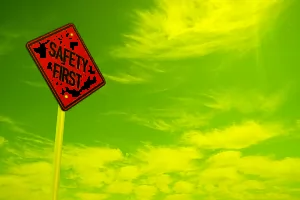
Investing in Safety
Allocate sufficient resources for safety training, equipment maintenance, and risk assessments and prioritise the use of certified and qualified personnel for all technical aspects of production.
Embracing Technology
Utilise advanced technologies such as sensor systems and real-time monitoring to detect and prevent accidents and implement advanced rigging and automation systems that minimise human error.
Promoting Transparency
Establish clear reporting mechanisms for safety violations and accidents and make risk assessments and manufacturer’s safety guidance readily available to all relevant personal.
Adopting and Enforcing Standards: The Role of EN 17795-5
A crucial step towards enhancing safety is the widespread adoption and enforcement of standardised safety practices. In Europe, the pan-European code of practice EN 17795-5 plays a vital role.
This standard establishes a set of minimum safety requirements and common practices specifically designed to prevent accidents during touring productions.
Key aspects of EN 17795-5 include:
- Guidelines for risk assessment and management.
- Standards for equipment inspection and maintenance.
- Requirements for personnel roles, training and competency.
- Standardisation of documentation, and communication.
By creating a unified framework across European countries, EN 17795-5 helps to:
- Ensure consistent safety standards for touring productions
- Facilitate cross-border collaboration and knowledge sharing
- Reduce the risk of accidents caused by variations in local regulations
The implementation of EN 17795-5, combined with local safety laws, helps to create a safer work environment for all those involved in the entertainment industry.
Fostering a Culture of Responsibility
- Cultivate a strong safety culture where everyone feels responsible for preventing accidents
- Empower employees to speak up about safety concerns without fear of reprisal
- Recognise and reward safety excellence
- Continually review and improve safety protocols
Conclusion
The show must go on, but not at the expense of human lives. By prioritizing safety, embracing innovation, and fostering a culture of responsibility, the entertainment industry can ensure that the magic of live performance is enjoyed by all, without the shadow of tragedy.
